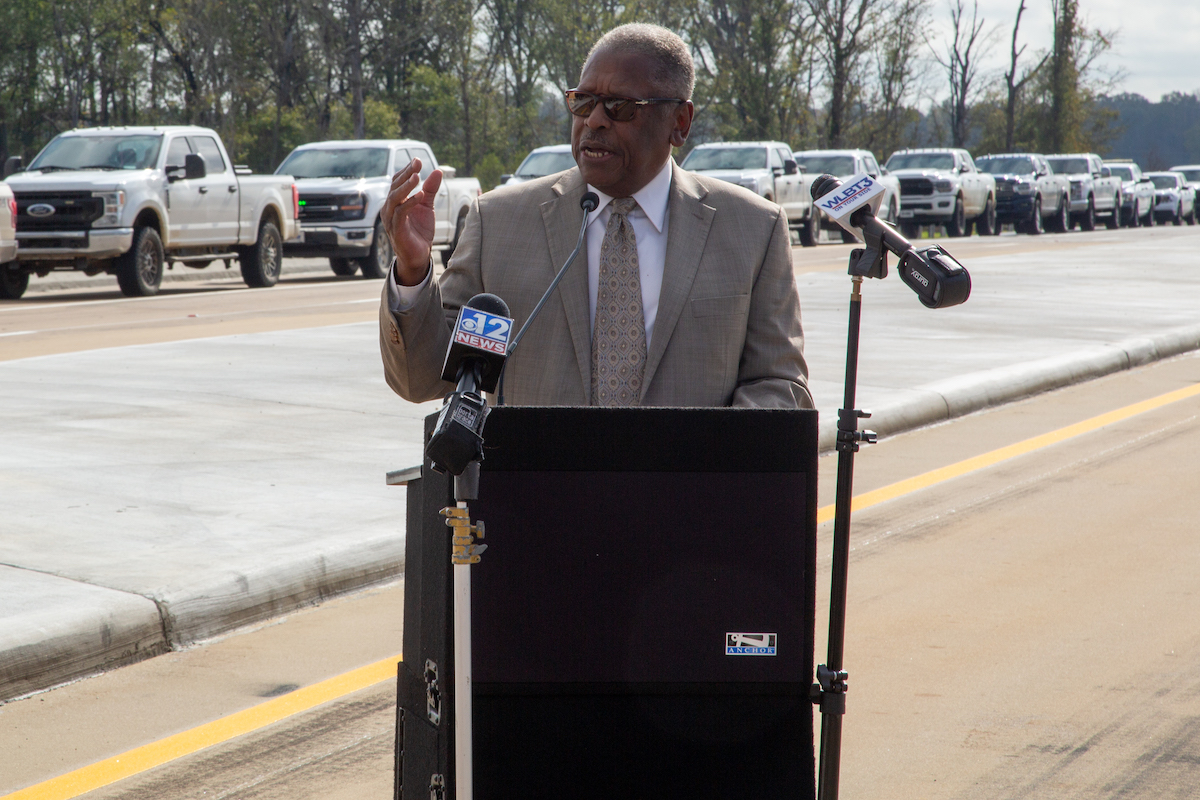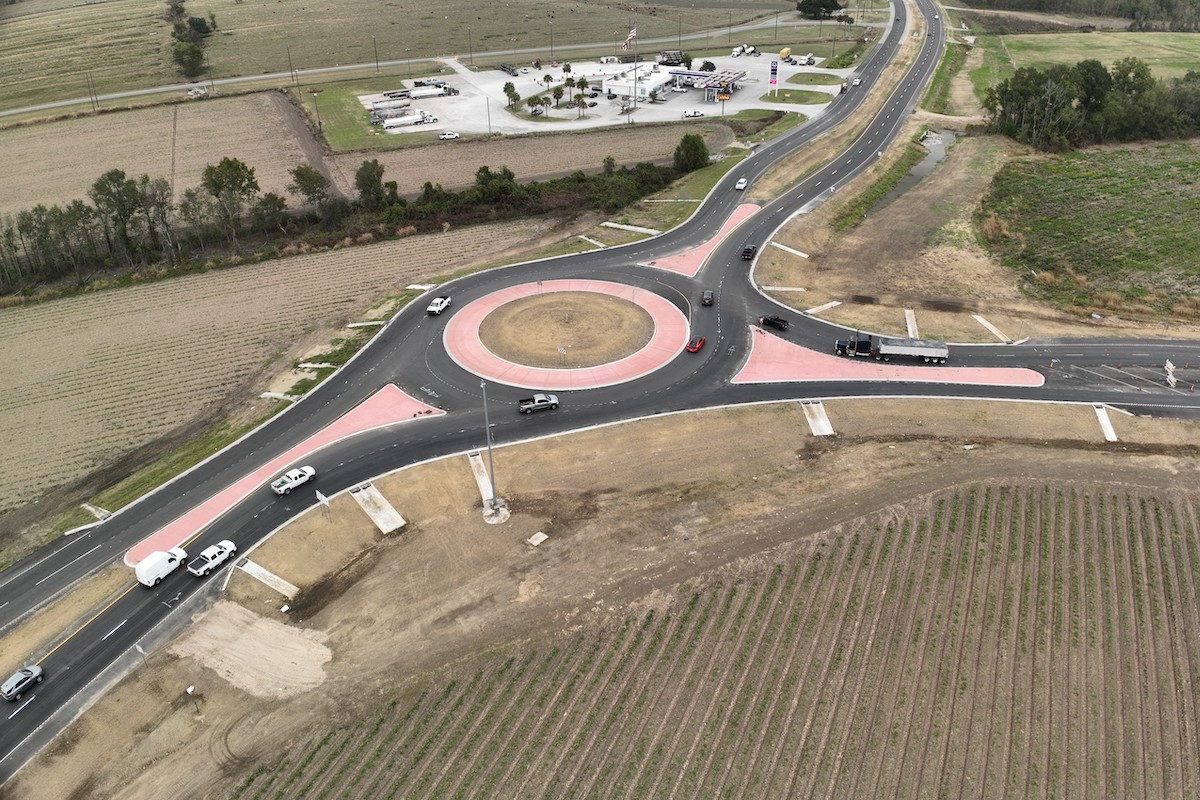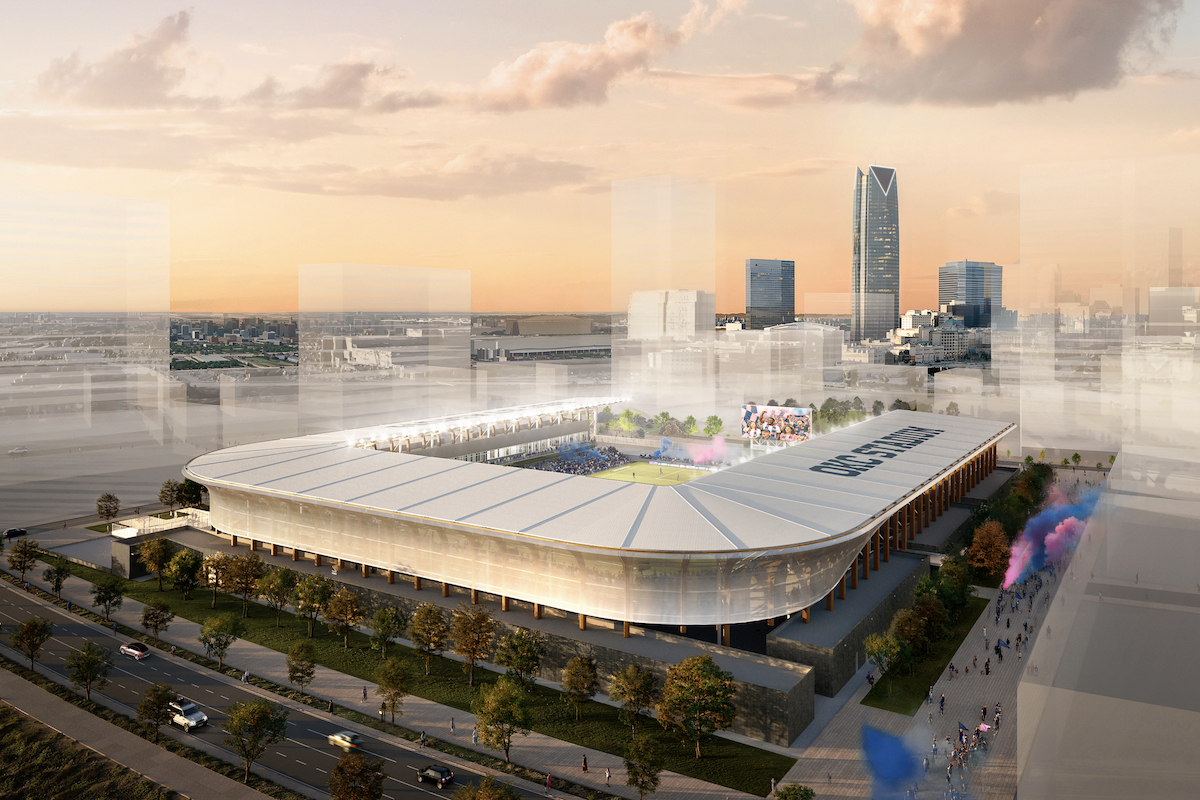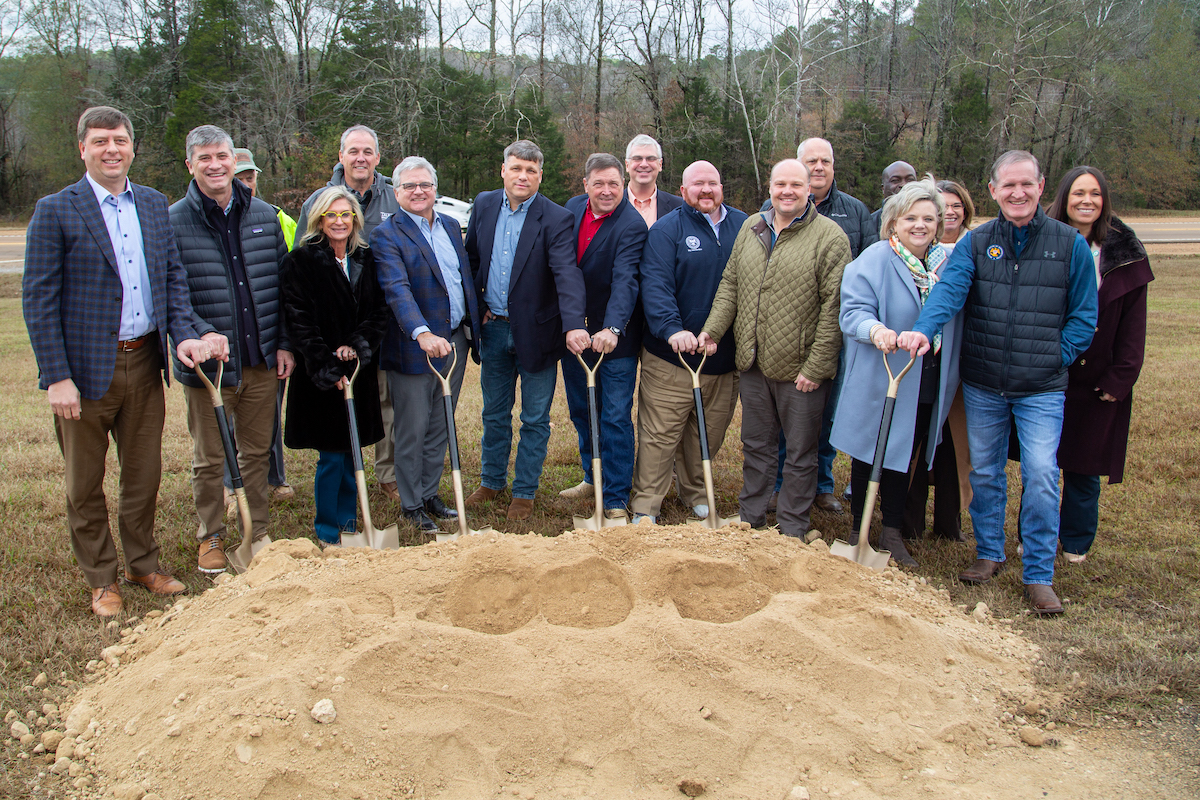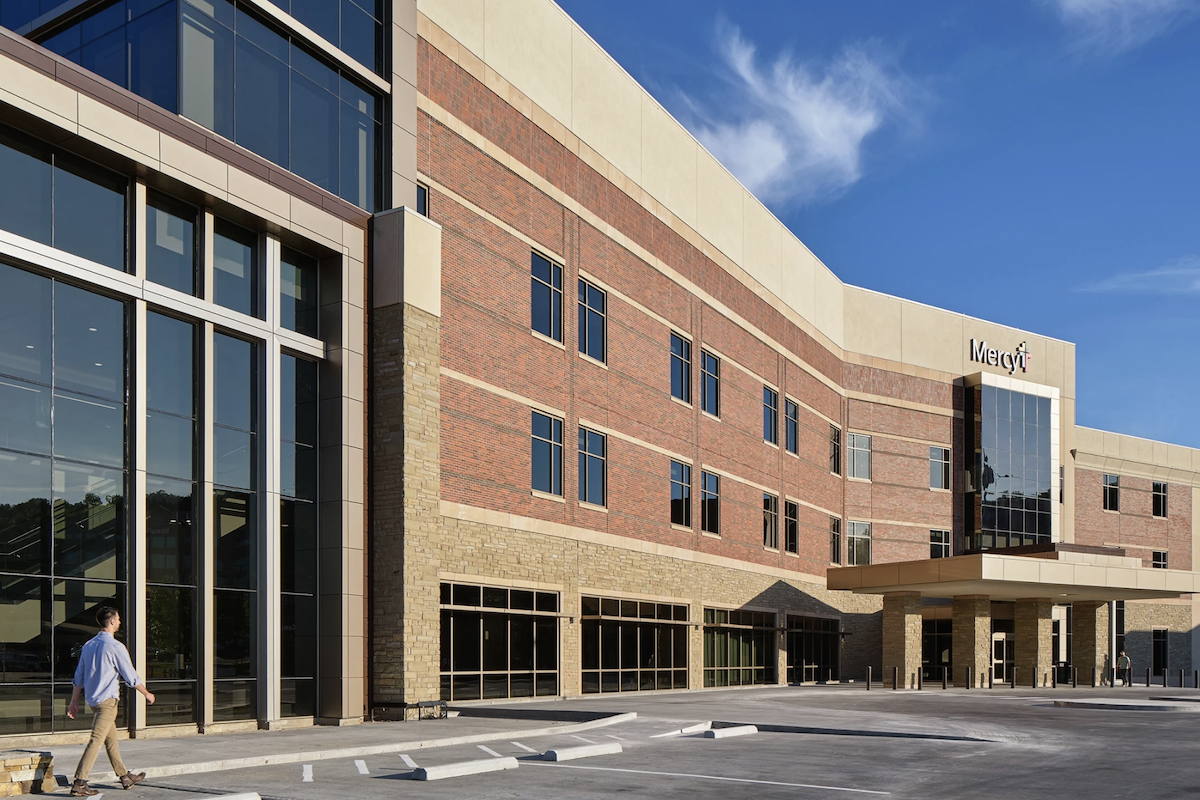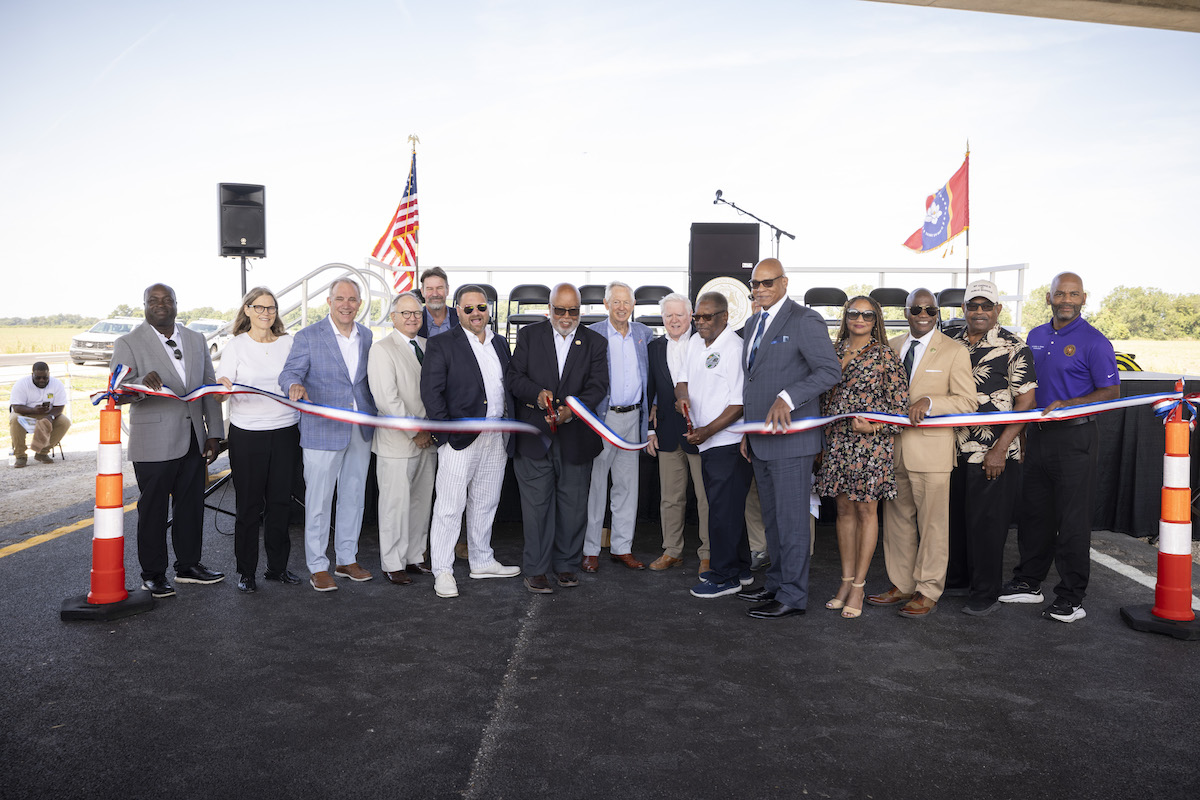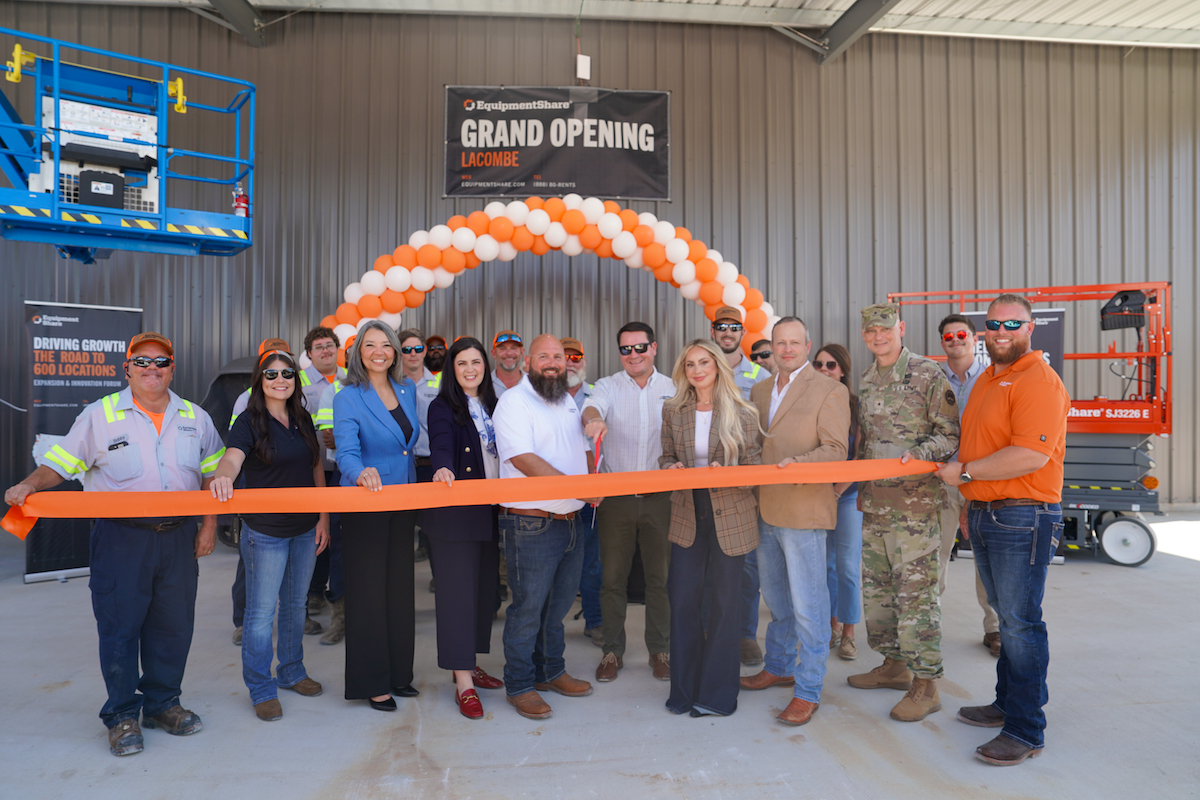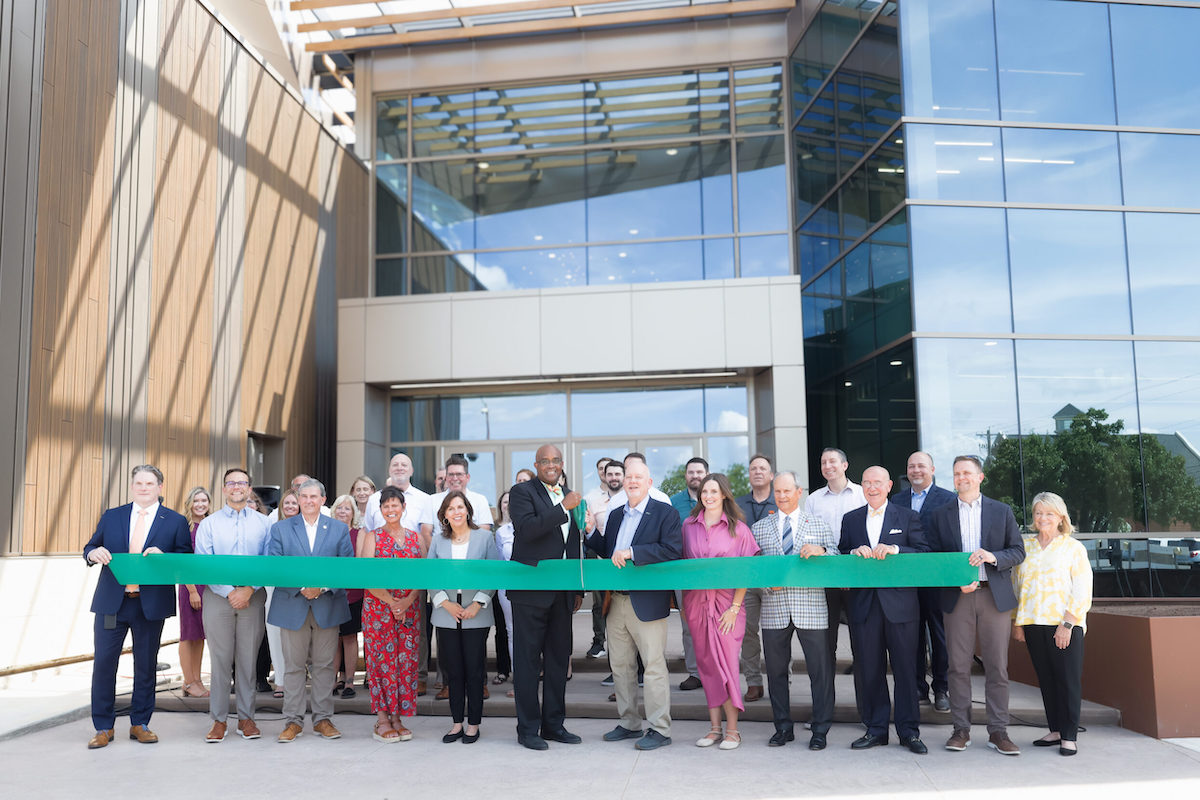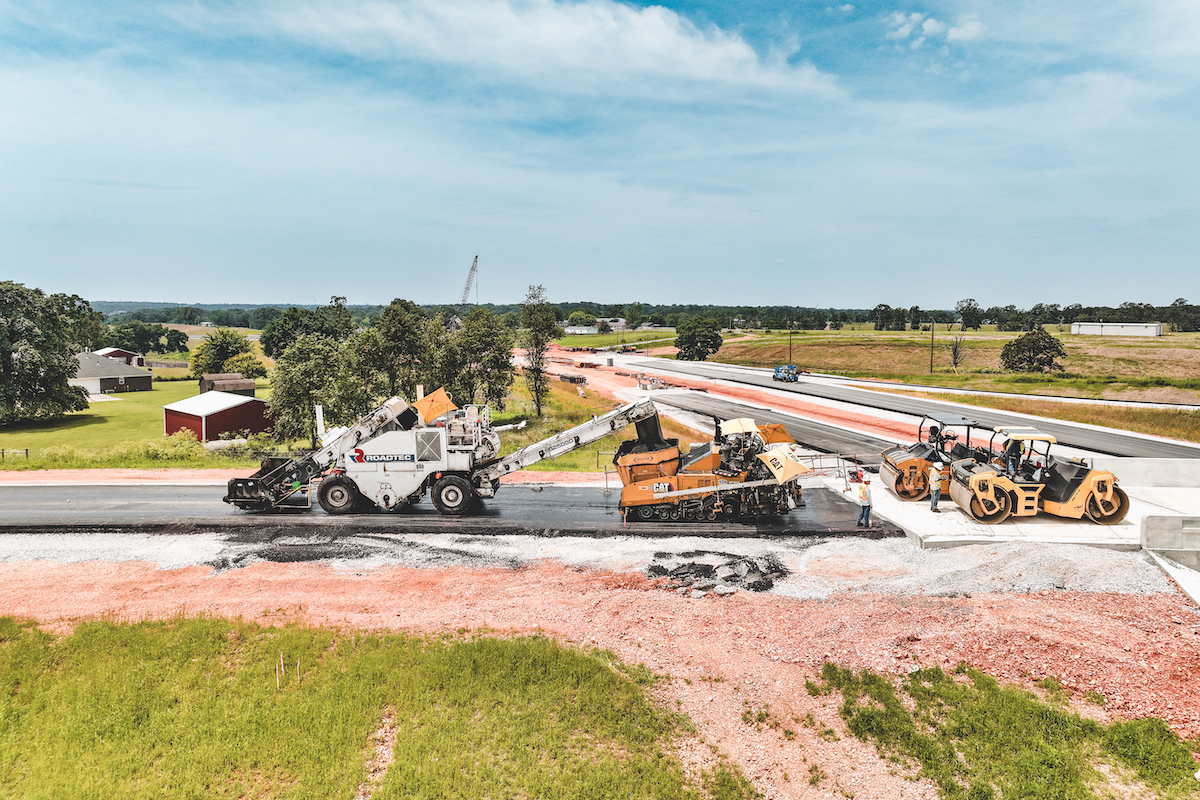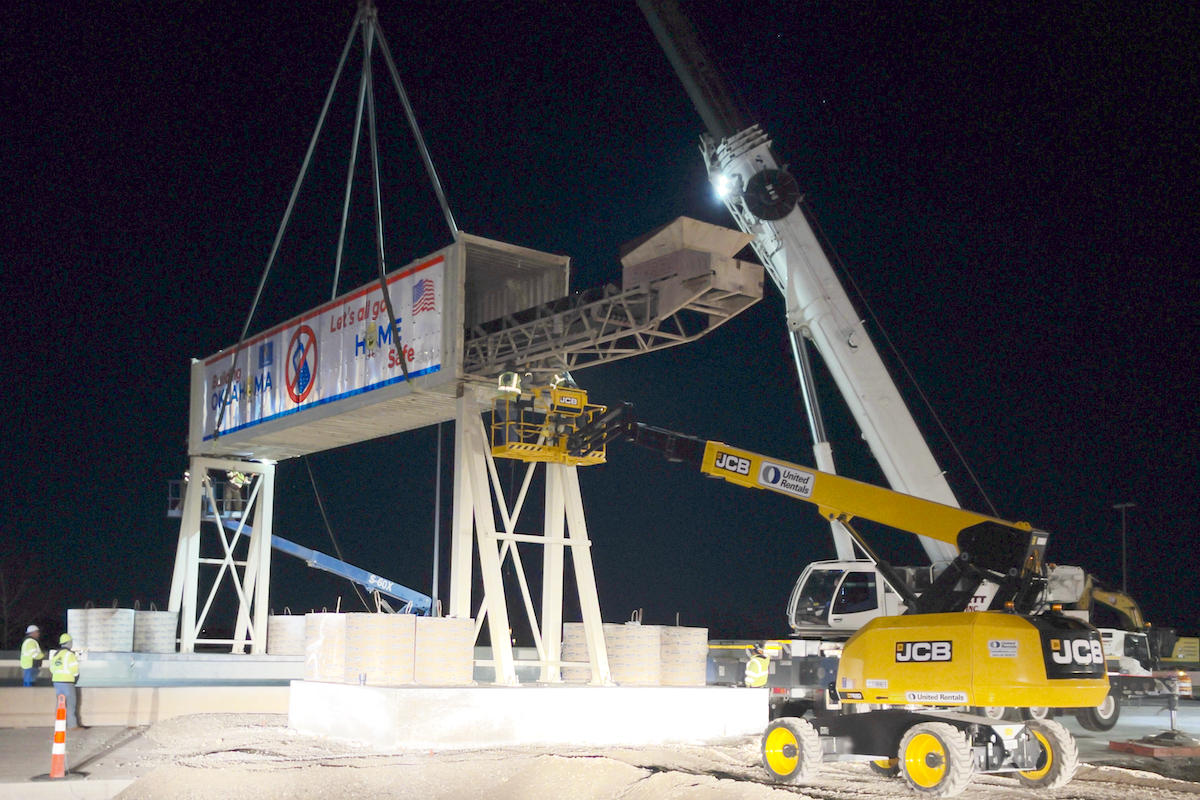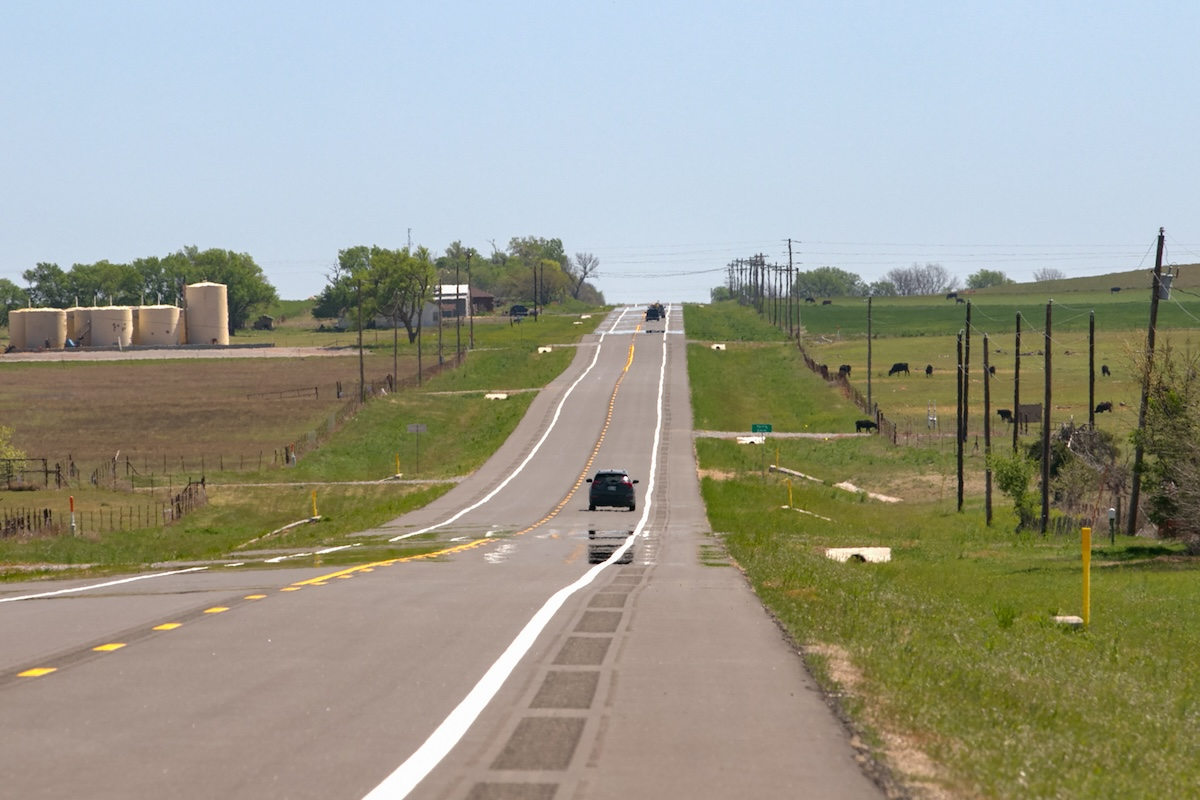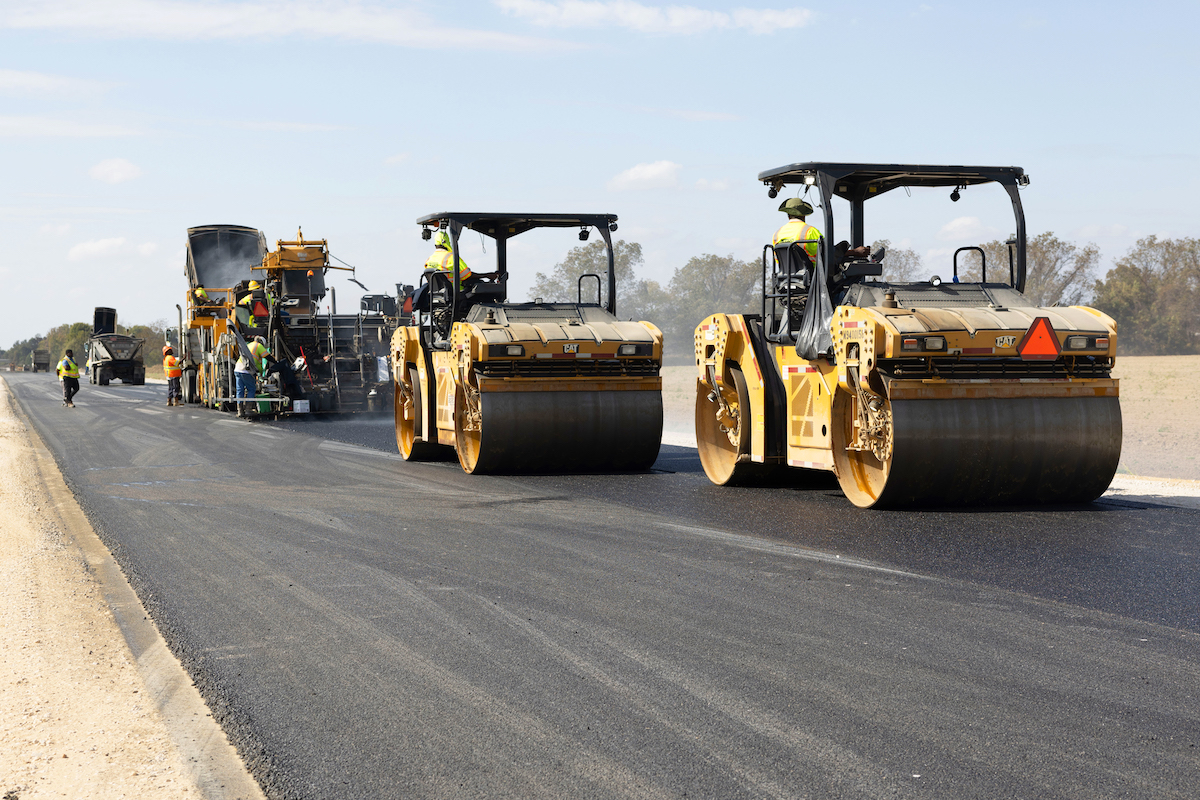The state government was determined to improve/enhance the economically impactful roadway. “In 2018, the General Assembly directed the development of a study of Interstate 81 to determine how to improve it,” said Dave Covington, a VDOT Program Delivery Director. “The result was the 2019 I-81 Corridor Improvement Study, which led to the creation of the I-81 Corridor Improvement Program.”
“The study focused on identifying and resolving the top 20 percent of problematic areas along I-81 with a strong focus on enhancing safety and reducing congestion along the corridor,” Covington added.
The I-81 Corridor Improvement Program currently includes 65 capital improvement projects. That is separate from the operational projects. There are five types of operational projects (improved incident clearance, safety service patrol expansion, additional traffic cameras, additional digital message signs, and arterial and signal upgrades). There are dozens of improvements in each operational project type.
The 5.2-mile-long project currently taking place in Salem was prioritized due to congestion from heavy traffic volumes, with an average daily traffic (ADT) of 56,000 in 2019 and 21 to 22 percent of that traffic being heavy trucks. The ADT is projected to reach 71,000 in 2045. This section of the corridor also has seen elevated crash rates, making safety a factor in its selection.

| Your local Takeuchi Mfg Ltd dealer |
|---|
| Kirby-Smith Machinery |
The project is also between two mountains. “Trucks are merging into commuter traffic in the area and the speed limit drops [from 70 to 60 mph] in this section,” said David Johnson, the Deputy Design Build Manager for Archer Western, which is serving as the general contractor on the project. “These two factors are impacting safety.”
The project will touch eight bridges that serve as overpasses. Three sets of six bridges are being replaced. “These bridges are 60-plus years old,” Johnson said, “and they have reached the end of their service life.” It is more economically feasible to replace the bridges than widen them.
The fourth set of two bridges is being widened. They were recently replaced as part of a separate project.
In addition to adding lanes and bridge work, the scope also calls for electrical and signage upgrades.
Putting together a crew has also been challenging for Johnson and Archer Western. Southwest Virginia is sparsely populated. The team has implemented creative means to ensure they have the workforce to proceed as planned. They have hired people from tech schools and high schools and worked with people as young as 16.
A halfway house in the area requires its residents to work for 90 days before they return to society. Many have done their work time on the project. “Some are there for 90 days and leave as soon as they can, and others stay and have turned into good staff,” Johnson said.
The diverse backgrounds of some staff members have impacted how the team works. “We have to consider where people are coming from, their skill level, and train them as needed,” Johnson said.
When Archer Western won the project, VDOT was in the process of changing the standards related to the constant slope barrier. The project team worked with VDOT to design the first-of-its-kind constant slope barrier in the state of Virginia. This new design for barrier has presented some challenges and added steps to the operation that have led to some bumps.
VDOT has recently issued a new standard for constant slope barrier in the state of Virginia based on the design for this project and the lessons learned through the design and initial construction.
Another challenge was that the team had to dispose of 300,000 cubic yards of earthworks. They came up with a creative solution to haul the earthworks away by purchasing the mine site of a local brick company that had gone out of business. When the business went under, they had permit violations. There were issues with the steepness of vertical slopes.
“We produced enough material to nearly even out the vertical slopes,” Johnson said. “The purchase was a win-win; the bank was happy to find a buyer, and we were able to easily dispose of the material.” At the end of the project, Archer Western will close the mining permit and can use the area as they choose.
VDOT and Archer Western Construction have partnered in the past. They were selected based on their technical approach to the project and bid value. Other factors include their technical approach to completing the project, such as their key personnel experience, approach to managing traffic during construction, approach to managing complex interstate construction while maintaining traffic, plan to complete the project on time and budget, and bid price.
“They’ve proven to be a very good partner with VDOT and have progressed the project well with regard to the project schedule,” Covington said. “They’ve worked well with VDOT to manage changes during project delivery, navigated the design process efficiently, and assisted the department with incident management. The Archer Western team clearly understands VDOT’s objectives of project delivery, which are focused on safety, completing the project on time, completing the project within budget, and delivering a high-quality project.”
One of Archer Western’s offices is in Herndon, three hours north of the project area. The contractor appreciates working with VDOT and is striving to work on future I-81 projects. Johnson noted that they have been shortlisted for the next project.
Archer Western has stayed ahead of schedule by adding equipment and crews. “We got here early and formed relationships with subs to help make them successful,” Johnson said.
The construction contract was for just under $179 million. The project is currently on budget.
There have been two primary sources of project funding. “The first is a regional fuel tax that was implemented along the corridor when the I-81 Corridor Improvement Program was developed,” Covington said. “The second source is the statewide Interstate Operational and Enhancement Program, which is a funding source for all of Virginia’s interstate systems.” Finally, VDOT has taken advantage of the Transportation Infrastructure Finance and Innovation Act (TIFIA) to obtain low-interest loans from the U.S. Department of Transportation, delivering the project more quickly.
The Salem/Roanoke area is growing, and heavy truck traffic is increasing annually. The additional lane in each direction will help reduce the number of crashes, enhance response to incidents, and reduce recurring congestion. It will also improve safety by enabling emergency vehicles to get to accident scenes more easily and quickly.
The I-81 Corridor Improvement Program has three objectives: enhance safety, reduce congestion, and support economic development. The first project of the program promises to meet all three objectives.
- Owner: Virginia Department of Transportation
- General Contractor: Archer Western, Chicago, Illinois
- Project Designer: Dewberry Engineering, New York, New York
- Quality Assurance: McDonough Bolyard Peck, Vienna, Virginia





















